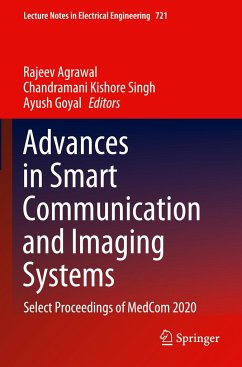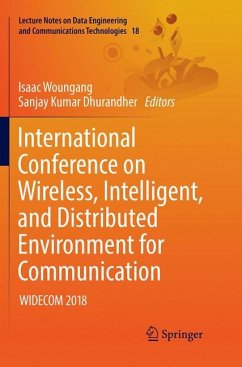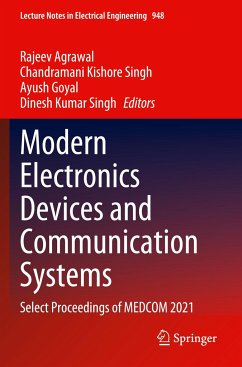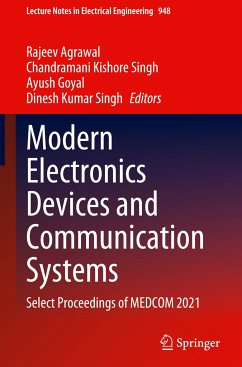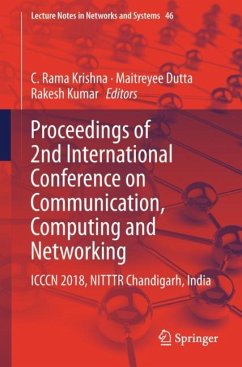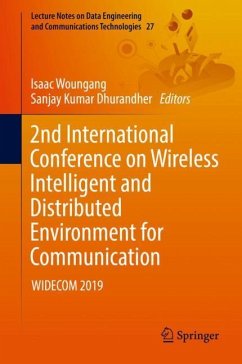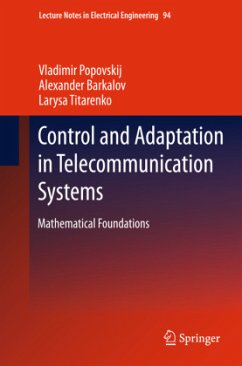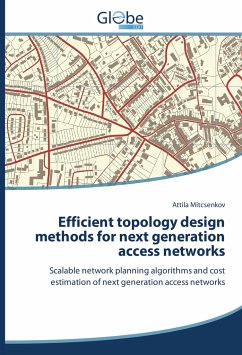
A Green, Future-Proof Electric Grid
Radio over Fibre Passive Optical Network Integration for the Smart Grid
Versandkostenfrei!
Versandfertig in 6-10 Tagen
15,99 €
inkl. MwSt.

PAYBACK Punkte
8 °P sammeln!
During the last three decades, the significant increase in electricity demand, and its consequences, has appeared as a serious concern for the utility companies, yet no major changes have been applied to the conventional power grid infrastructure. Recently, researchers have identified efficient control and power distribution mechanisms as the immediate challenges for conventional power grids. The next step for the power grid towards the Smart Grid is to provide greener, more efficient tools for energy management along with higher reliability using smart services, in which the application of In...
During the last three decades, the significant increase in electricity demand, and its consequences, has appeared as a serious concern for the utility companies, yet no major changes have been applied to the conventional power grid infrastructure. Recently, researchers have identified efficient control and power distribution mechanisms as the immediate challenges for conventional power grids. The next step for the power grid towards the Smart Grid is to provide greener, more efficient tools for energy management along with higher reliability using smart services, in which the application of Information and Communication Technology (ICT) is inevitable. Out of all the advantages ICT brings to the grid, the telecommunication network plays the most important role for providing an interactive, efficient and secure infrastructure. The two-way digital data communication system embedded in the grid will provide an interaction between energy suppliers and consumers for managing, controlling and optimizing energy distribution.




